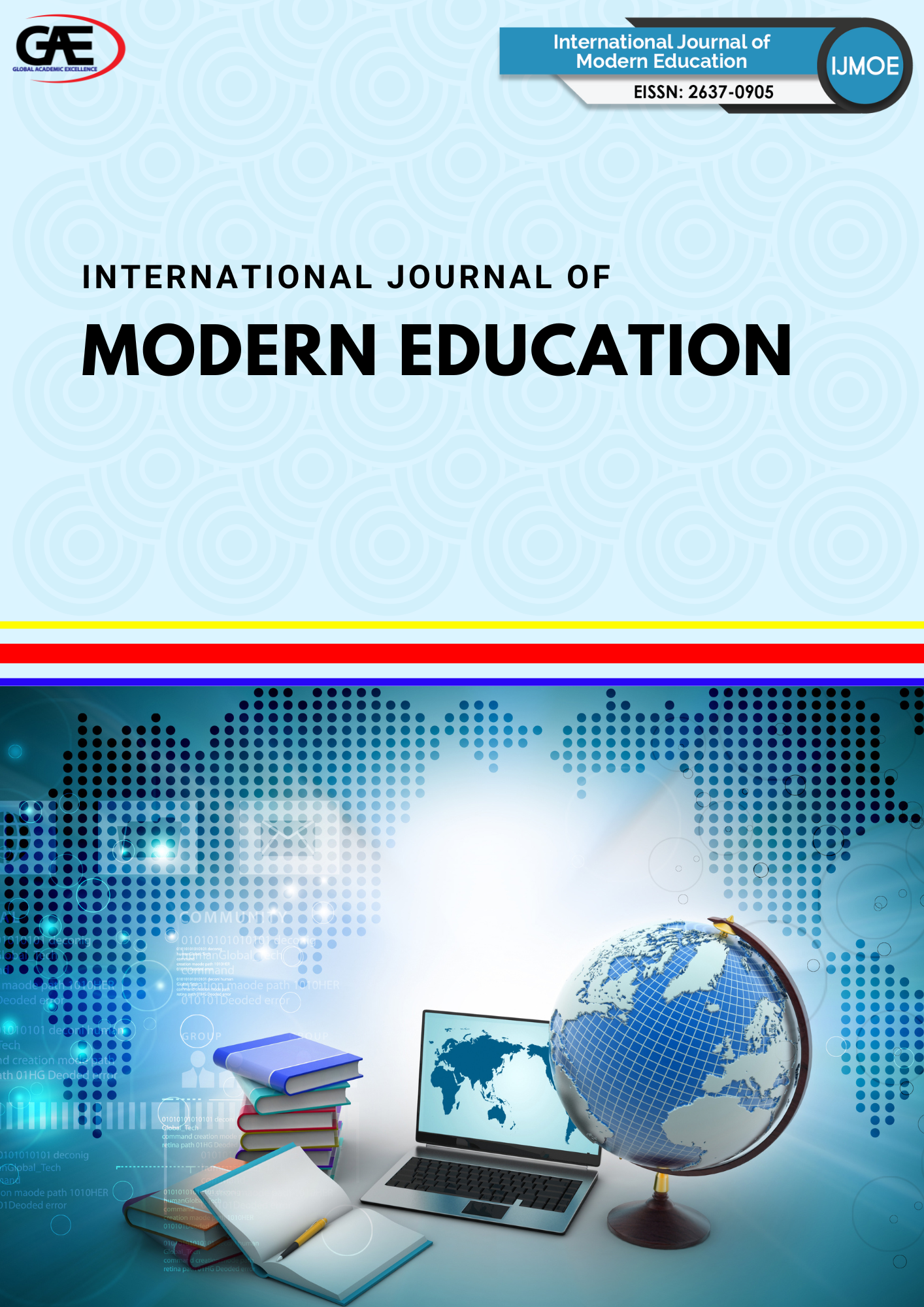ANALYZING THE DIGITAL DIVIDE IN SCIENCE EDUCATION: A BIBLIOMETRICS STUDY OF RURAL STUDENTS
DOI:
https://doi.org/10.35631/IJMOE.726017Keywords:
Technology Integration, Science Education, Rural Schools, Educational Technology TrendsAbstract
The digital divide remains a persistent barrier in ensuring equitable access to quality science education, especially among students in rural areas. Despite growing global investment in educational technology, disparities in infrastructure, access, and pedagogical support continue to marginalize rural learners. This study aims to explore the scholarly landscape of research on the digital divide in science education with a specific focus on rural students, using bibliometric methods to identify patterns, trends, and research gaps. The problem is timely and relevant, as the digital transformation of education has accelerated, particularly post-pandemic, yet uneven digital access threatens to exacerbate educational inequalities. We retrieved 655 relevant documents from the Scopus database, spanning from 2010 to 2025. The data was cleaned and standardized using OpenRefine, analyzed using Scopus Analyzer, and visualized through VOSviewer to map keyword co-occurrence, authorship networks, publication trends, and thematic clusters. Numerical results indicate a steady increase in publications over the last decade, with significant spikes in 2020 and 2021, aligning with the COVID-19 pandemic's impact on remote learning. Dominant keywords include "digital divide," "science education," "technology integration," and "rural education," reflecting the intersection of technological and geographical inequities. The co-authorship analysis reveals limited international collaboration, highlighting a concentration of studies in specific regions, notably North America, Asia, and parts of Europe. The keyword clustering further points to underexplored areas such as teacher training, mobile learning in rural contexts, and gendered access to digital tools. This bibliometric analysis offers a comprehensive overview of the research landscape and underscores the need for more inclusive, context-specific investigations to bridge the digital divide in science education. The findings provide valuable insights for policymakers, educators, and researchers aiming to create more equitable digital learning environments for rural students.






